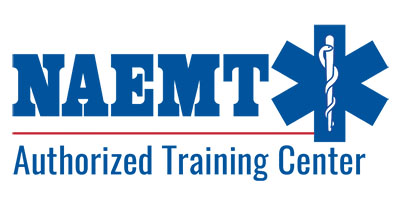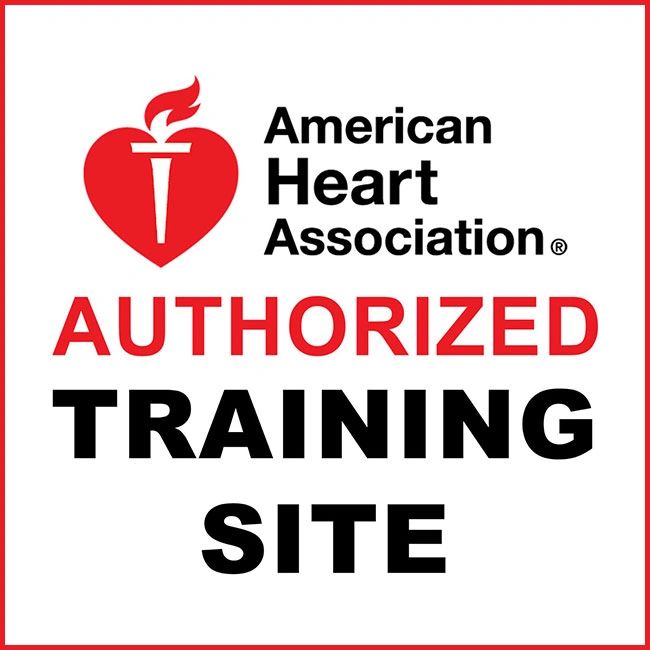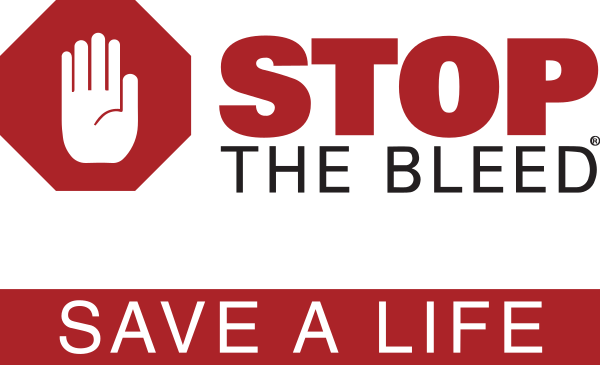Port Jervis EMS offers many continuing education (CE) opportunities for EMS and healthcare providers!
Port Jervis EMS is a training center for NAEMT Education programs, a training site for the AHA, and coordinates custom continuing education offerings for EMS and healthcare professionals.
Please note that all courses have minimum enrollment requirements and are subject to cancellation if not adequately enrolled (so get a colleague or two to join you!).
There are no classes currently scheduled for the specified course(s) and location(s).


